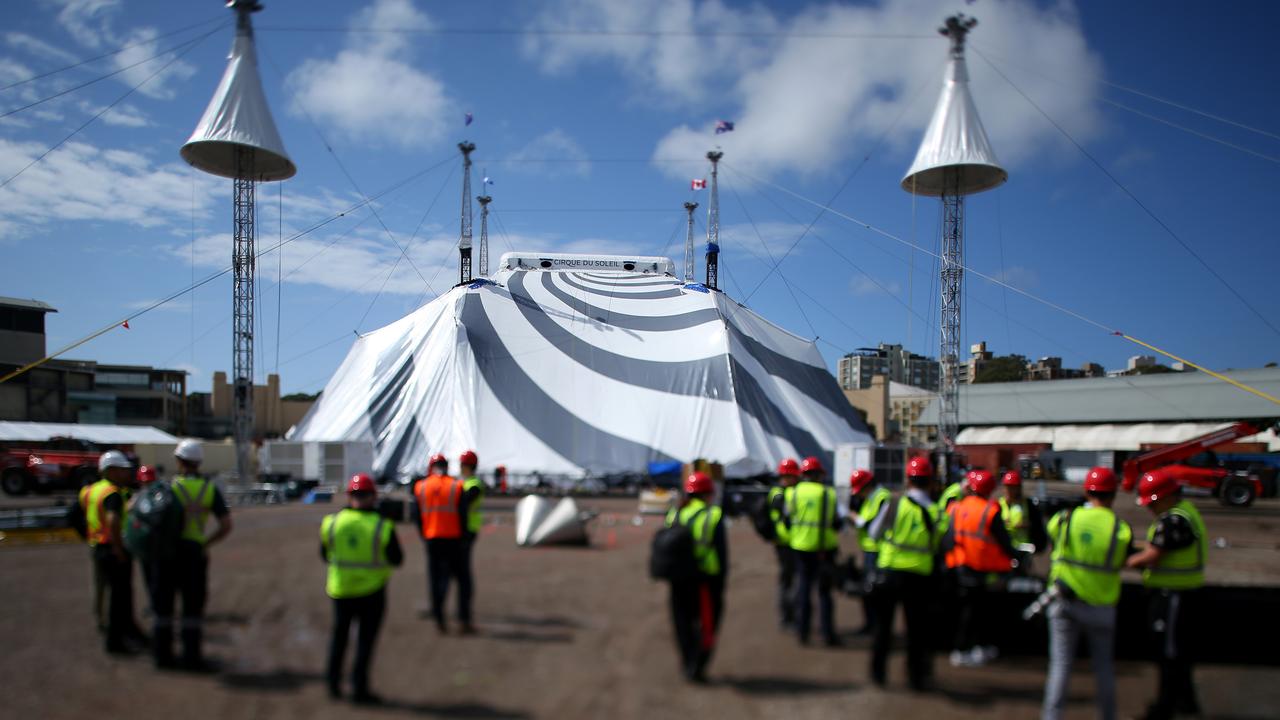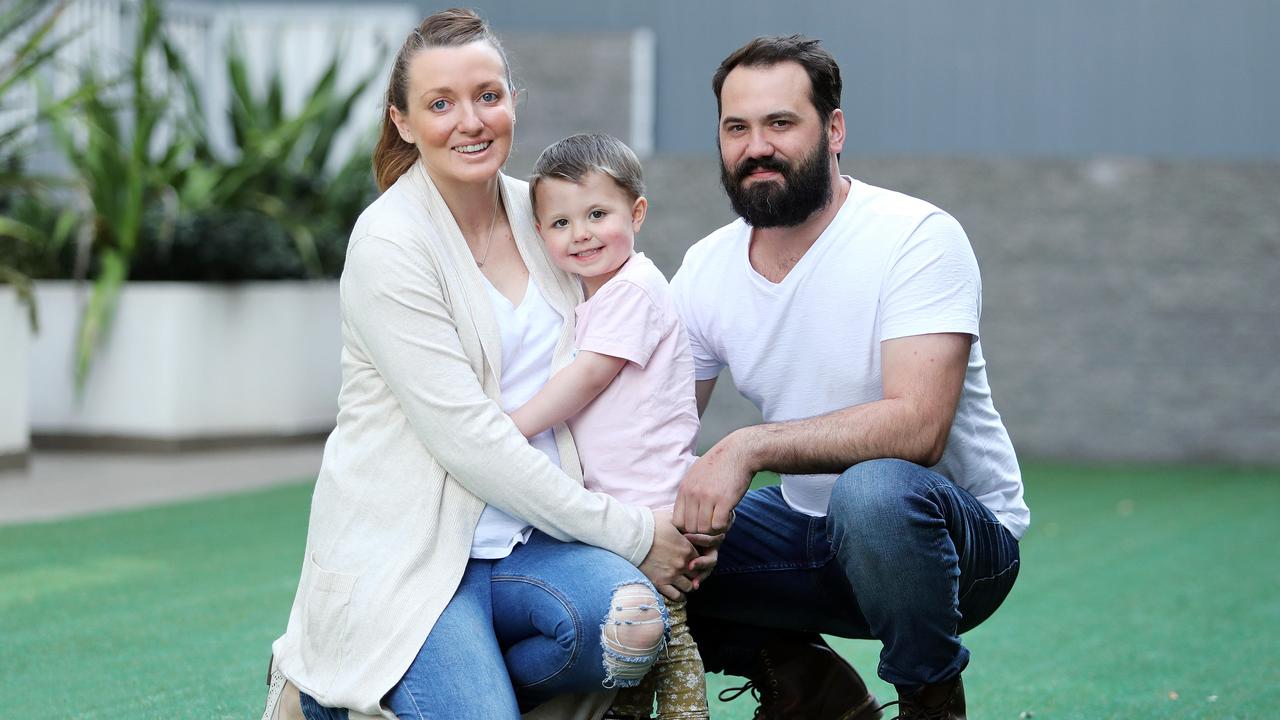Review of the 2016 Federal Election Recommendations
Review of the 2016 Federal Election Recommendations - full document
National
Don't miss out on the headlines from National. Followed categories will be added to My News.
Review of the 2016 Federal Election Recommendations
Introduction
It is recommended that the Federal Executive adopt all of the recommendations of the Robb Committee Report.
State Divisions are to consider the recommendations and bring forward their suggestions for implementation through the Staff Planning Committee prior to the next meeting of the Federal Executive.
At that meeting an Action Agenda will be presented to Executive.
Strategic
1. Recognise and respond to the fact that the next campaign effectively begins the day after polling day.
2. Formulate a clear plan, priorities and build a supporting narrative of where a Coalition is taking Australia, as policy initiatives are taken and successes are achieved over the next two and a half years.
3. Consistently define and expose the weaknesses of our opponents and their Leaders throughout the term of Parliament, and then strongly through the final 33 day campaign period.
4. While governing for all, at all times respect, and be seen to be respecting our base.
5. Never fail to strongly expose and unequivocally rebut the lies and misrepresentation of our policy positions, starting in the same media cycle, and continuing until the claims are discredited.
6. The Party must have a structured market research program running for the full 3 years to provide our Parliamentary party with a continuous understanding of community sentiment regarding policy and our political developments.
7. The Parliamentary Leadership Group must be exposed to an interactive research program over time to help build an intuitive vision and narrative which properly takes account of diverse community sentiment.
8. The final 33 campaign research must provide for statistically relevant numbers in each marginal seat to identify turning points, and or softening or hardening trends, on a regular basis.
9. Design campaign messaging, national and local campaign policy releases and communication of a clear ‘choice’ message, etc. around the consequences of the recent huge surge in pre-poll voting.
10. The Party as a whole both Organisational and Parliamentary needs to focus on campaign readiness, and plan for not just the short term, but also on a 10-15 year horizon with an emphasis on campaign readiness and a career path for political staff to deliver continually effective on-the-ground and marginal seat campaigning.
Campaigning
11. To be effective in campaigns, the Party needs to be financially solid and since this effects on-the — ground and marginal campaigns, this must be seen as a priority.
12. CHQ and State Divisions to work as a team during the campaign and build in more flexibility to allow good and timely use of local knowledge and feedback from on the ground, including preference allocation.
13. Research, understand and develop effective mechanisms to be used to combat Union and other 3rd party campaigns.
14. CHQ, the State Divisions and Parliamentary Members all work together to up skill and modernise the workforce to build an effective nationwide organisation, which is skilled in administration, fundraising, politics and campaigning and provides a professional career pathway for staff.
15. The Federal Secretariat needs to create a small data and data analytics team- drawn from expertise across our Party structure (both professional and volunteer members) — to devise and execute a data analytics program which takes our understanding of various electorates to a whole new level, and develops many data sets which vastly improve our targeting of messaging via all forms of communication media.
16. As the trend of Labor retreating from campaigning in what have been traditionally ‘safe’ liberal seats grows, it will be important at the next federal election to have an integrated, research driven campaign to suppress the green vote in seats like Higgins, Kooyong and elsewhere.
17. Establish strong on the ground links with ethnic communities and develop campaign plans relative to these communities. There was no real strategy in place to communicate effectively with ethnic groups.
18. With more liberal opportunity for pre polling, and the 30% + pre poll vote, the Party must adjust its campaign plan and messaging strategy to better target those many voters taking advantage of postal and pre-poll voting,
19. Local Policy announcements and approval timetables be streamlined, planned in advance and announced early enough in the campaign to effectively communicate to voters before postal and pre-polling begins.
20. All promotional material including HTV cards, direct mail, polling day wrap, advertisements and signage be more targeted and have the input from Divisions and local campaigns.
21. Marginal seat campaigns (and therefore polling) should include not just those marginal on the electoral pendulum but also those seats that face challenges before or during the election period.
22. An urgent assessment (co-ordinated by Staff Planning Committee) is needed of the liberal Party’s “Feedback” system and the more effective use of CRM to ensure that the party remains competitive.
23. A greater focus on social and digital media platforms must be an integral feature of the future Liberal party campaigns. The preparations and staffing for this cannot start soon enough. Social media lends itself to a co-ordinated effort between the State Divisions and the Federal Secretariat, creating “cells” of expertise and specialised skills and focus.
24. With regards to candidates, in addition to receiving extensive media training and coaching on party policy, the role of mentor should be considered in looking at strategies to deal with the media, especially for marginal seat candidates.
25. CHQ and the divisions must also be up skilling and building up a team of campaign workers, providing effective candidate training, updating systems and employing better use of data through upgraded systems for on-the ground campaigning.
Funding and Expenditure
26. As a matter of urgency the Federal Executive investigate all existing funding and campaign expenditure practices, across all political [parties and related parties, with a view to assessing issues such as appropriate transparency, misrepresentation, improper use of funds, practices which bypass the spirit of electoral laws, and other issues which may mitigate against a level playing field in terms of campaign funding and related expenditure.
27. Furthermore, the Federal Executive to then explore all options to address the funding and expenditure concerns raised, drawing on local and overseas experience and practice, including expenditure and funding constraints, the role of public funding, advertising, the impact of the digital age, etc.
Party Member Priorities
28. CHQ must work with State Divisions to drive cultural change within the Party to establish a stronger and more diverse membership and supporter base. Many traditional organisations are struggling with this issue. We need 21st century solutions, which no doubt will have a large component of 21st century technology.
Senate
29. Update our approach to Senate campaigns, by establishing, where necessary, Senate campaigns in certain states which don’t rely solely on the House of Representatives campaign. Any strategy should not detract from reinforcing the patron Senator arrangements.
30. Although not adopting a national Senate campaign as a matter of course, the Liberal Party Federal Director in the lead up to any election, should consult with all State and Territory.


